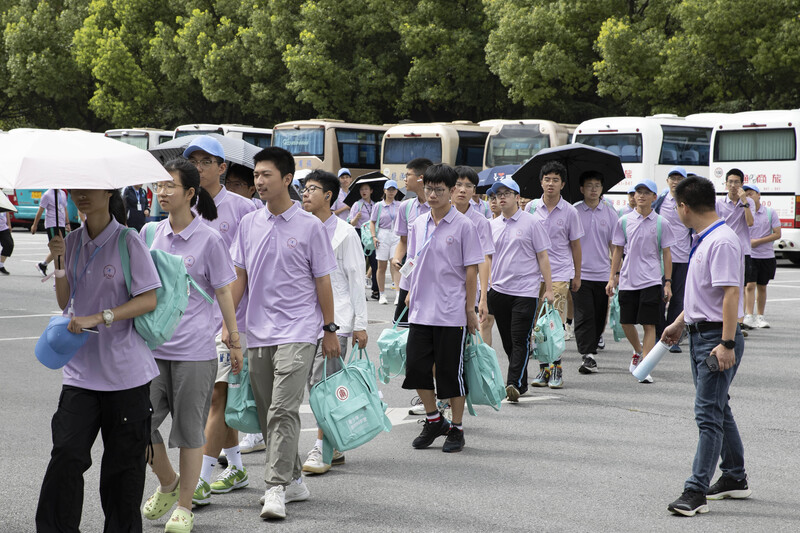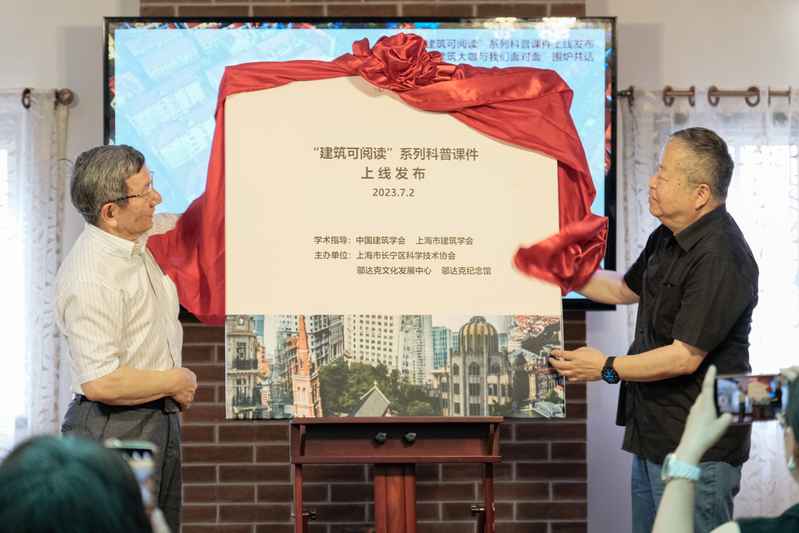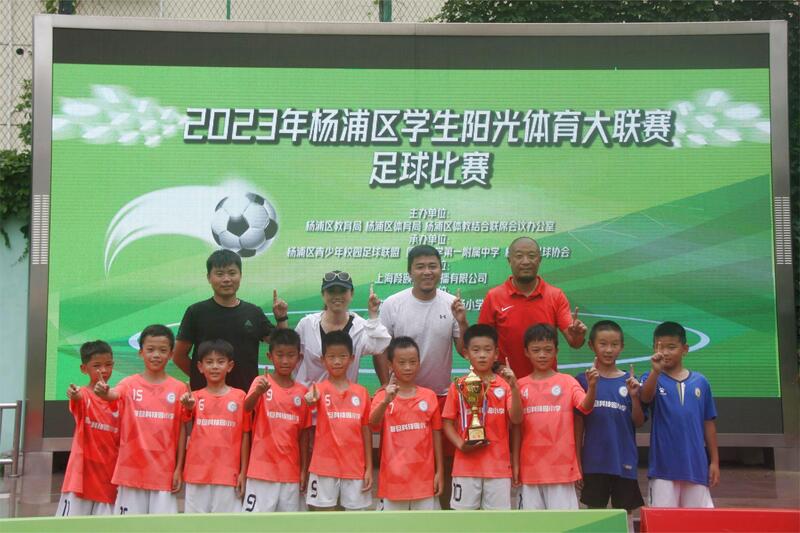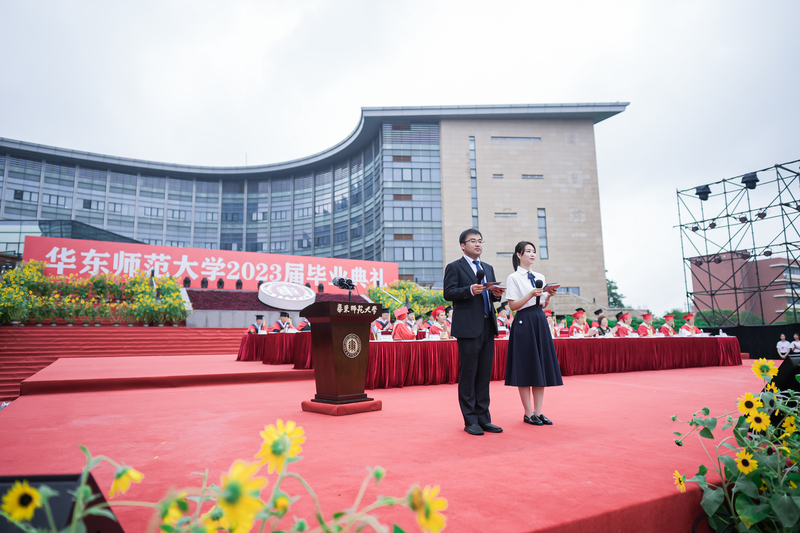What did Yao Qizhi bring to them? The "Yao Class" team builds a world-class blockchain in Shanghai
Recently, General Secretary Xi Jinping wrote back to Yao Qizhi, an academician of the Chinese Academy of Sciences and professor of Tsinghua University, to extend his sincere greetings and earnest hopes to him. Yao Qizhi is the winner of the Turing Award, the "Nobel Prize in Computer Science". He taught in American universities for a long time. In 2004, he returned to China to teach full-time at Tsinghua University. Over the past 20 years, he has achieved fruitful results in teaching and educating people and scientific research innovation.
In Shanghai, he trained five Tsinghua University graduates to form a core team, and together with other young talents, they developed a world-class public chain - TreeGraph Blockchain. Now, they are working on the national key research and development plan "Blockchain Basic Platform for the Belt and Road Initiative" project, which will build a high-performance blockchain platform with 15,000 TPS under tens of thousands of multinational nodes in multiple countries.
"Although I have been away from Tsinghua for more than ten years, I still remember the teachings of Professor Yao when I was an undergraduate in the 'Yao Class'. He personally taught theoretical computer science courses to undergraduates, encouraged us to maintain curiosity about cutting-edge scientific and technological issues and the courage to challenge ourselves, and laid the foundation for our team to develop a world-class public chain." said Dr. Long Fan, Dean of the Shanghai TreeGraph Blockchain Research Institute.
"Yao Class" is the abbreviation of Tsinghua University's Computer Science Experimental Class. It was founded by Yao Qizhi in 2005 and is dedicated to cultivating world-class innovative computer science talents. Dr. Li Chenxing, a young scientist at the Shanghai TreeGraph Blockchain Research Institute, said that he was admitted to the "Yao Class" in 2013. In his junior year, he and his classmates had the opportunity to visit overseas laboratories. Li Chenxing chose Aarhus University in Denmark, where he learned about the latest progress in cryptographic protocol research and blockchain, a technology that integrates cryptographic protocols into a decentralized system.
Academician Yao Qizhi walks on the red carpet of the 2024 Shanghai Science and Technology Festival. Photo by Lai Xinlin
"At that time, blockchain was still a new thing. I found that it used beautiful little components in cryptography to build a system that changed the world in an extremely sophisticated way. I was attracted by the elegance of this logic and felt what Mr. Yao called the Sense of Beauty of doing research," Li Chenxing told reporters.
Regarding the "aesthetics" of scientific research, he still remembers what Professor Yao said: "When you are doing research, have you ever felt like you are flying freely in the wilderness? It makes you like a flying bird. Because you are free, your voice is loud and every feather is spread out."
Teacher Yao's love for his country and family also made the graduates of the "Yao Class" unforgettable. Long Fan recalled that when he was studying at Tsinghua University, someone asked Yao Qizhi: Science has no borders, why do you want to return to China full-time? His answer was: Tsinghua students are very excellent, and teaching in China is different from his previous teaching abroad. Returning to the motherland to work and live, educating the world's talents, gave him a sense of happiness of returning home.
At the end of 2017, Long Fan, who was studying for a doctorate at MIT, returned to his motherland and gave a cryptography class to the "Yao Class" undergraduates, introducing the principles and technological development trends of blockchain. During the discussion after class, he took out a paper on the graph blockchain consensus protocol published by Israeli scientists, saying that this was the latest theoretical research result, and how to implement it in computer systems could become a research direction.
Li Chenxing, who was studying in the Yao Class at the time, took the senior's advice to heart. During the Spring Festival holiday the following year, he studied the paper in depth and concluded that the Israeli scientists' theoretical design was flawed and their safety analysis was meaningless.
After discussing with Long Fan, he decided to start with theoretical design and study the consensus protocol of the graph blockchain. After learning about this decision, Yao Qizhi affirmed it and told the two students: Blockchain consensus protocol is a very cutting-edge research direction. Turing Award winner Silvio Micali has achieved some results. Chinese scientists cannot lag behind and must do better than them.
Under the advocacy of Professor Yao, they formed a blockchain research team. Since the graphical blockchain consensus protocol has the characteristics of divergence first and convergence later, the team was named Conflux. It means the confluence of rivers, implying that the graphical blockchain consensus technology is like many tributaries flowing into a river, converging the scattered blockchain nodes in the distributed network into a "golden waterway" in the digital age.
Professor Yao personally participated in the theoretical design of the random graph consensus sorting algorithm. In April 2018, he conducted research in Xi'an during the day to prepare for the establishment of the Cross-Information Core Technology Research Institute, and thought about the design method of the graph blockchain consensus protocol at night. At the same time, Long Fan led the team to design a simple version of the consensus protocol, and on this basis, carried out the research and development of a prototype system for high-performance graph blockchains. The experimental results were published in the form of a preprint in May 2018.
In April 2019, the first testnet of the Conflux blockchain was launched. Based on the feedback from the security analysis process, Li Chenxing revised two versions of the protocol and finalized them in November 2019.
The technological breakthroughs made by the Conflux team have attracted the attention of the Shanghai Municipal Government. In January 2020, the Shanghai TreeGraph Blockchain Research Institute was inaugurated, and then-Shanghai Municipal Party Committee Standing Committee Member and Deputy Mayor Wu Qing and Yao Qizhi jointly unveiled the institute. The reason why Conflux is named "Shutu" in Chinese is because the Conflux consensus protocol has the image characteristics of "tree as the backbone and graph as the extension" and the technical essence of "tree as the consensus handle and graph as the security guarantee".
Wu Qing and Yao Qizhi unveiled the Shanghai TreeGraph Blockchain Research Institute.
As a new type of R&D institution, the Shanghai TreeGraph Blockchain Research Institute is a private non-enterprise unit. The Municipal Science and Technology Commission implements institutional funding for the institute to ensure that it has greater funding rights. Compared with public institutions, the management system of private non-enterprise R&D institutions is more flexible, and they can also apply for non-profit organization tax exemption certification.
After three and a half years of operation, the TreeGraph blockchain has developed into a global blockchain network with more than 4,300 nodes in more than 20 countries across five continents, solving the blockchain performance problem in large-scale, high-latency wide-area Internet, serving nearly 25 million on-chain addresses, and processing 150 million real transactions. In terms of innovation ecology, TreeGraph is interconnected with more than 20 mainstream blockchains, has developed a technical community of about 200,000 people, and indirectly serves more than 1,000 brands through hundreds of ecological enterprises.
Talking about the technical breakthrough of the tree graph blockchain, Long Fan explained: Since the advent of Bitcoin, the performance of the blockchain system has always been a bottleneck restricting its development. Many public chain users have to bid against each other, and only those with the highest bid can record their transactions on the blockchain. In response to this bottleneck, the Conflux team broke the mindset that "blocks must be strung together into a chain". They first organized blocks using a graph structure, and then used an algorithm to sort these blocks into a sequence recognized by all consensus nodes, forming a blockchain consensus that is "dispersed in form but not in spirit", so that each node in the system can generate blocks concurrently and make better use of network bandwidth and computing resources.
Long Fan spoke at the IEEE international standard "Blockchain System Application Interface Specification" press conference.
Last September, Shanghai Shutu Blockchain Research Institute was approved to undertake the national key research and development project "Blockchain Basic Platform for the Belt and Road Initiative", which will promote Conflux to more countries and regions. According to reports, this project is aimed at various needs of the "Belt and Road" cross-border cooperation scenarios, and plans to build a high-performance blockchain basic platform under 10,000 cross-border nodes without relying on sharding, which will support cross-border logistics, cross-border settlement, cross-border cultural exchanges, etc., and support multi-country deployment and multi-subject collaborative supervision.
"The tree map embodies the years of hard work of Mr. Yao's team. We will do a good job on this project and allow it to be applied in more places in the world, becoming a technological link to promote cross-border economic, trade and cultural activities," said Li Chenxing.





